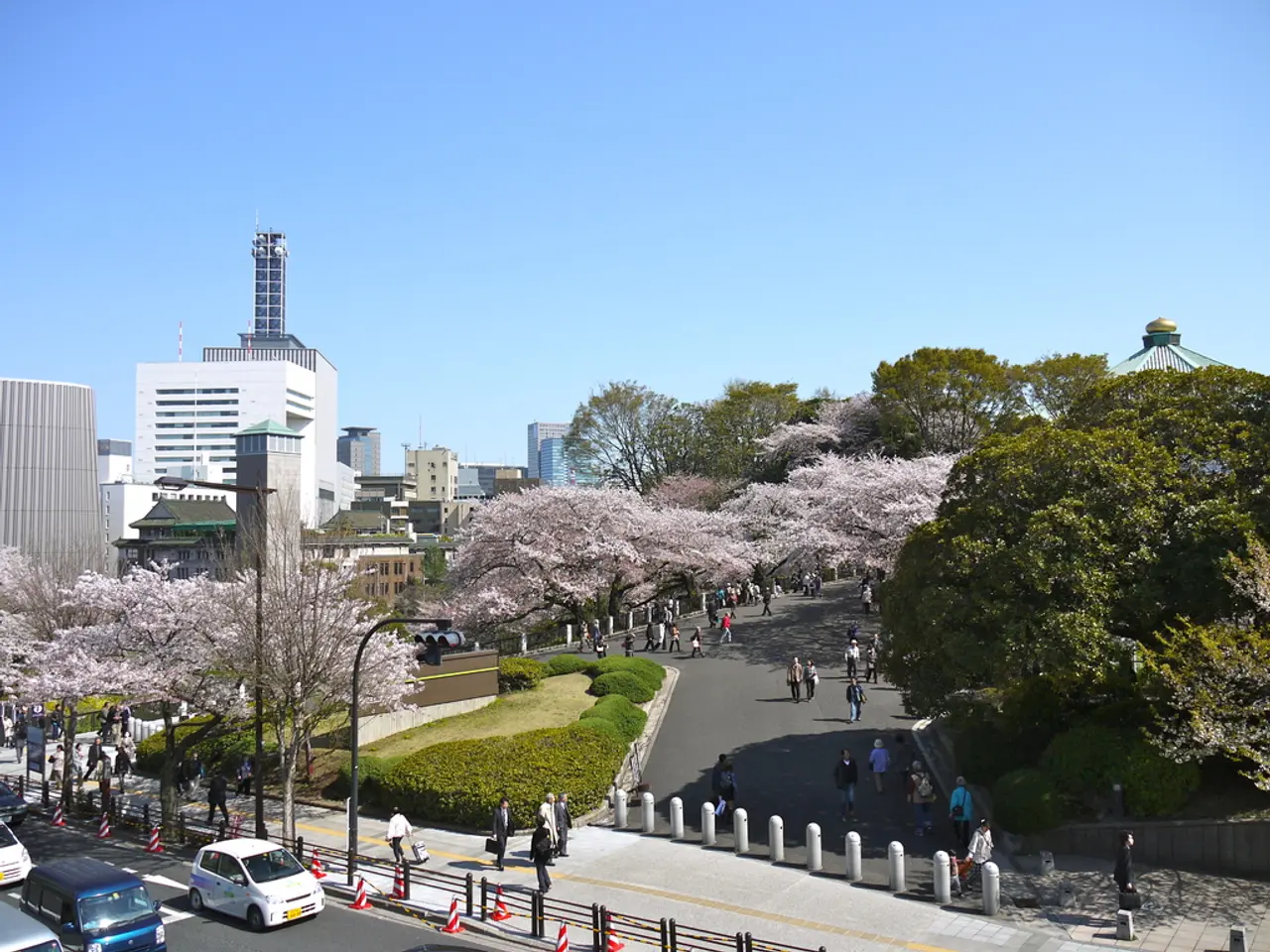Rise in Road Traffic in Porto
Porto's Gridlock Woes
The bustling city of Porto, Portugal, is grappling with a growing issue — congestion on the Via de Cintura Interna (VCI), its major inner ring road. Here's the lowdown on the whopping 136.1 thousand-plus vehicles that jam up Freixo Norte - Francos every day, and what the city's pulling out to ease the gridlock.
The VCI's VIP section, Freixo Norte - Francos, is struggling to handle the traffic flow. It's not just this section, though; Francos - Arraábida Norte is a close second, with roughly 122.7 thousand vehicles. Add in neighboring municipalities, and the VCI sees a total of 113.3 million vehicles - a 1.3% jump compared to 2023. Local sections have seen a rise, too, ranging from 1.1% to 1.9%.
But it's not just the VCI feeling the strain. Adjoining roads like Avenida AEP (A28) and A3, with access between VCI and Águas Santas, have seen a 0.3% and 3.0% surge, respectively. Even the Porto Outer Region Circular (CREP/A41) has felt a pinch, with segments on both sides of the Douro River experiencing a rise of 8.8% to 9.1%.
So, what's the plan to decongest our clogged arteries? The city's tossed out a proposal to curb heavy vehicles on the VCI by erecting six gantries at key entry points. As of now, though, no specifics have been finalized.
Now, let's delve into why this congestion's hit the fan. It's all thanks to urban expansion, a growing population, economic development, and traffic overflow onto adjacent roads like the Via da Cintura and Port of Leixões.
But don't despair! The government's got a few tricks up its sleeve:
- Data-driven traffic management: Smart systems to optimize traffic, reduce bottlenecks, and streamline the flow.
- Boosting public transit: Improving buses and metro connections parallel to the VCI to encourage commuters to ditch their cars.
- Road infrastructure: Widening roads, improving junctions, and creating alternative routes to divert transit traffic.
- Promoting eco-friendly transport: Pushing cycling, walking, and electric mobility to wean us off cars.
- Techy traffic solutions: Adoption of smart traffic lights and real-time traffic info for drivers.
While these solutions address general urban traffic woes, Porto's specific congestion relief measures need a more focused look. Keep an eye out for updates on the city's plans and government proposals!
- The news of Porto's traffic congestion problem is not limited to the Via de Cintura Interna (VCI), as adjacent roads like Avenida AEP (A28) and A3, with access between VCI and Águas Santas, are also experiencing increased traffic.
- The government of Porto is planning to alleviate the city's transportation woes by implementing data-driven traffic management, boosting public transit, promoting eco-friendly transport, and adopting techy traffic solutions, among other strategies.
- In an attempt to address the growing concern about the number of vehicles in the automotive industry within the city of Porto, a proposal has been presented to limit the access of heavy vehicles on the Via de Cintura Interna (VCI) by erecting six gantries at key entry points.




